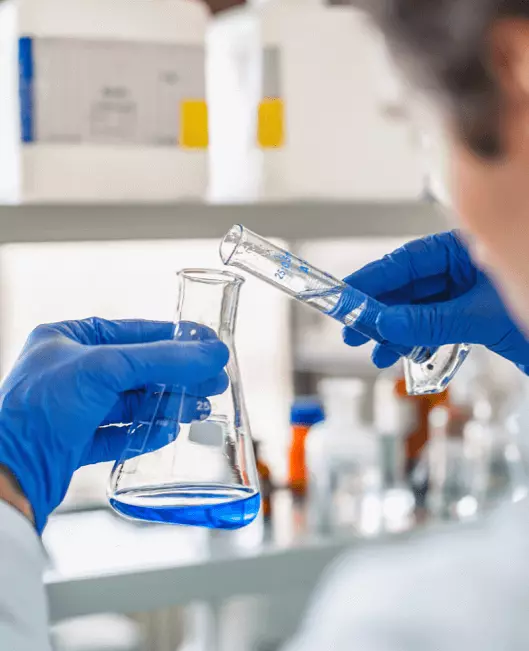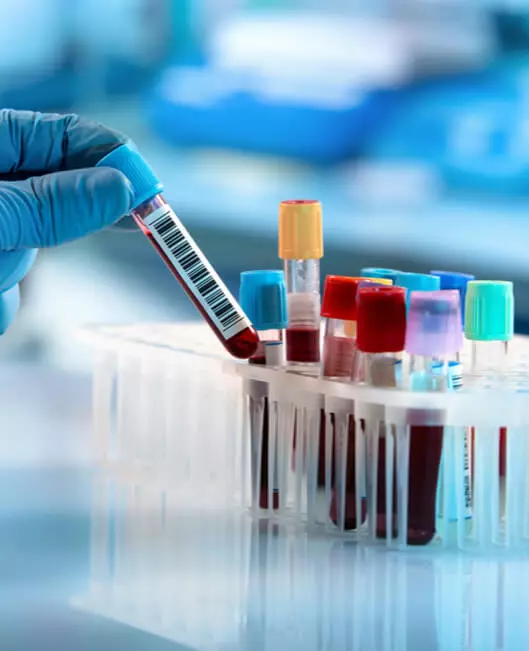What are the different phases in Clinical CRO services?
Clinical CRO Services Across Phase I-IV and beyond
Clinical trials for drug development span over four stages. These stages or clinical trial phases follow the advancement of a drug product through regulatory approval.
Phase I
Phase I of the clinical trial is executed with a small group – around 20-100 healthy individuals. Generally, the side-effects in this stage are minor as the human volunteers receive a low dose of the drug compound. Here, the drug intake is increased gradually to realize an optimal dosage while taking note of the side-effects. The study is designed to determine the treatment effects including the drug absorption, distribution, metabolism, and excretion.
Phase II
In this stage, the medical treatment is assessed on around 100 to 300 diseased patients for a few months to a couple of years. Most phase II studies are randomized and blinded, where the “control” group receives a standard treatment or placebo and the other set of patients receives the new drug. The aim of Phase II is to gather information about the relative safety and effectiveness of the drug.
Phase III
Phase III is an extension of phase II with a larger population (300 -3,000 or more individuals) to establish a thorough understanding of drug efficacy and safety, including the entire range of possible adverse reactions. Based on the success in this stage, the drug product is submitted to the FDA or other regulatory agencies for approval.
Phase IV
In Phase IV, the long-term effects of new drugs and treatments are identified and evaluated over an extended period. This phase is possible only once a new drug has the FDA approval and doctors can recommend it to patients.


































